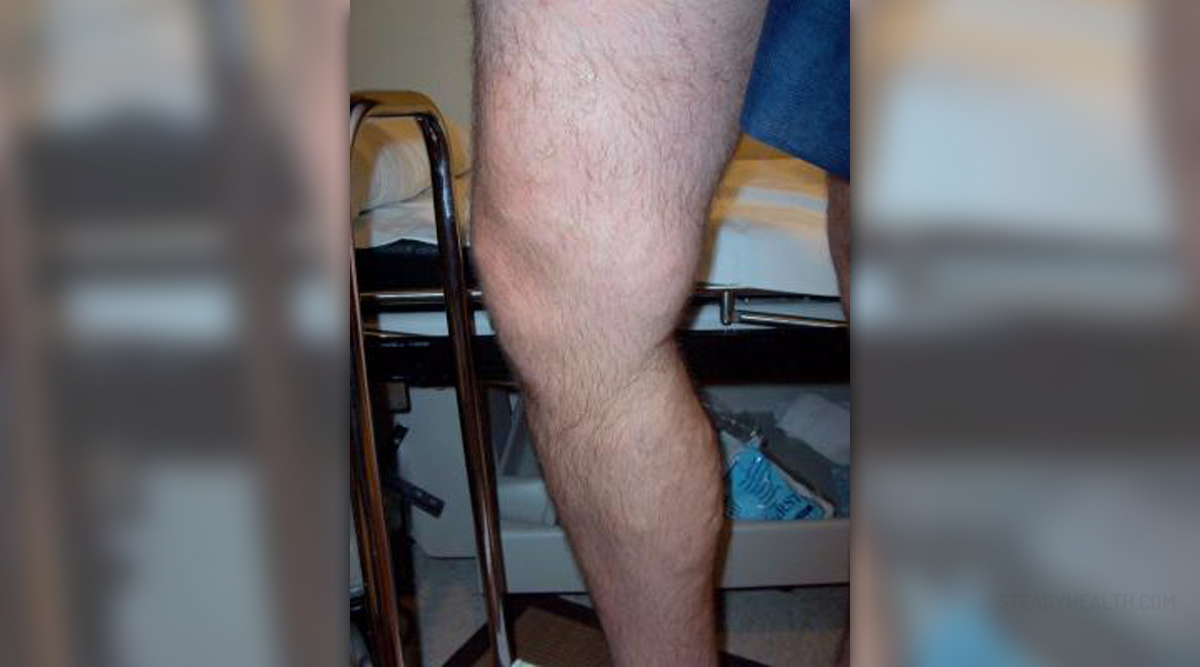
Varicose veins represent dilated blood vessels. They develop due to weakening of the vessel walls. Veins are in general less elastic comparing to arteries hence they are more susceptible to dilatation. Varicose veins usually develop in a form of swollen and twisted clusters. They appear blue or purple. In some cases varicose veins may be surrounded by thin, red capillaries medically known as telangiectasias (spider veins). The condition generally affects the legs and the pelvic area and superficial veins are more affected than the deeper ones.Clinical Characteristics of Varicose Veins
Apart from unsightly appearance varicose veins in many people do not cause any additional problems. However, some people complain about tiredness, burning, throbbing and tingling sensation in the legs. Furthermore, legs may seem heavy and swollen. Itching of the skin above the veins as well as muscle cramps, soreness or aching in the legs are several more symptoms associated with varicose veins.
Who Is Prone to Varicose Veins?
The condition predominantly affects women and is more prevalent between the age of 30 and 60. It may run in families and is more frequent among elderly people. Varicose veins are associated with prolonged standing, obesity, pregnancy, use of birth control pills, postmenopausal hormonal replacement therapy and the condition also affects people with previous vein injury, those wearing tight undergarment or clothes as well as people who spend too much time sitting with their legs crossed. And finally, varicose veins develop in people suffering from liver disease, some heart conditions and those who have undergone previous groin surgery.
Treatment for Varicose and Spider Veins
In case varicose and spider veins represent only aesthetic problem they may not be treated at all. However, if there are additional problems the condition can be treated with several approaches. It is particularly important to treat venous stasis ulcers that developed as a consequence of insufficient drainage of fluid as well as inflammation of varicose veins. Phlebothrombosis is another serious condition that includes formation of blood clots inside the vein. The clot can be dislodged and travel to distant organs causing serious damage or even death.
There are several treatment options. A person should start wearing compression stockings. It is also important to practice good skin hygiene, lose weight, exercise regularly and avoid prolonged periods of standing or sitting. Additional help is obtained with elevation of legs while sitting or lying. Apart from non-invasive treatments there are several more invasive treatments including sclerotherapy, laser and light therapy and minimally invasive procedures such as endovenous thermal ablation, micropuncture or micro-incision phlebectomy and translluminated power phlebectomy. And finally, surgery is kept as the last resort for patients who have not responded to previously mentioned treatments. Surgery for varicose veins includes ligation and stripping. These two procedures are usually combined.




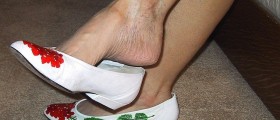
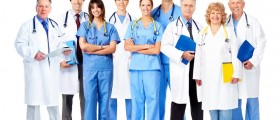

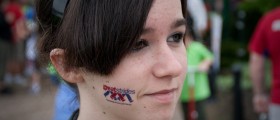
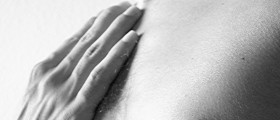
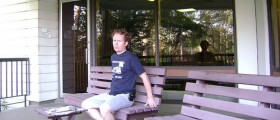
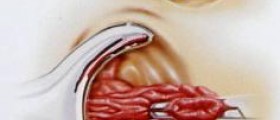
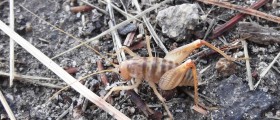
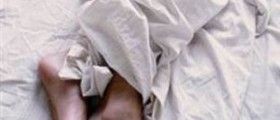
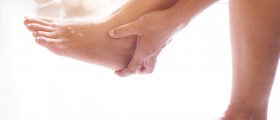
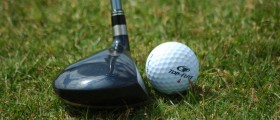


Your thoughts on this
Loading...